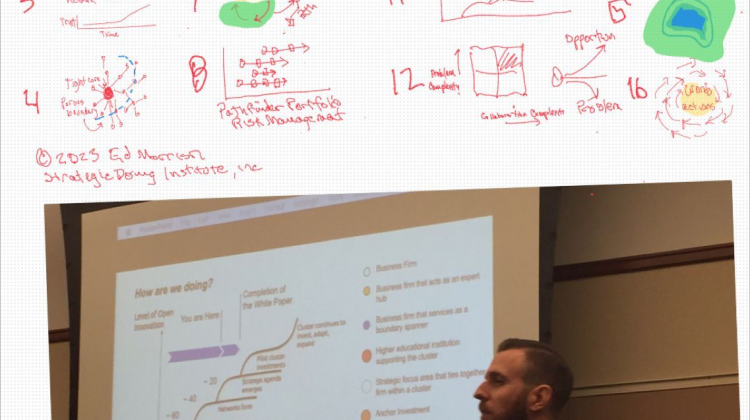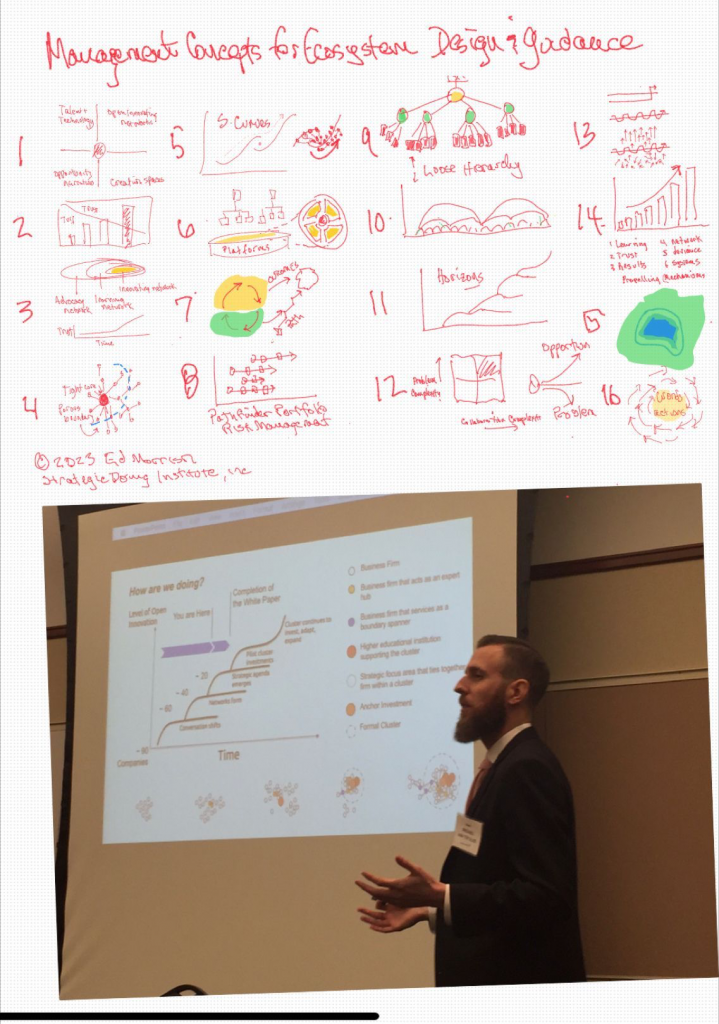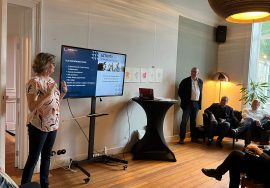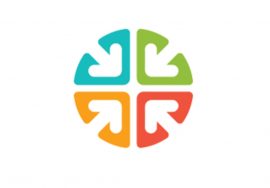
Heuristics from Developing Ecosystems
Table of Contents
We can’t manage ecosystems, but we can design and guide them. To do that, we need new management frameworks and disciplines.
WHY IT MATTERS
Ecosystems represent open networks embedded in other open networks: complex adaptive systems. They are dynamic and continuously shifting. And — if carefully designed and guided — they can generate ingenious solutions to wicked problems.
Traditional strategic management tools and frameworks are not particularly helpful in developing ecosystems. Traditional tools focus more on problem-solving — a linear, rational, deductive approach to decision-making.
By contrast, ecosystems evolve toward opportunities. They learn and adapt. They emerge when we apply abductive logic.
DYNAMIC CAPABILITIES: DEVELOPING HEURISTICS FROM LEARNING
Some years ago, strategy scholars came up with the term, “dynamic capabilities” to describe this trend. Kathleen Eisenhardt from Stanford University is the preeminent scholar in understanding dynamic capabilities. (Teece and his co-authors came up with the term, but have struggled to define it in a practical way.)
Eisenhardt points out that companies in dynamic markets develop heuristics — rules of thumb – that speed decision-making.
These heuristics embed collective learning from experience, the implicit knowledge that we develop from relentless experimentation. Strategy in networks emerges from a process of following simple rules. (That’s the essence of #strategicdoing.)
TAKE A DEEPER DIVE INTO ECOSYSTEMS
My journey started 30 years ago in Oklahoma City. We transformed a regional economy by following a strategy discipline based on networks: experimentation and continuous doing.
Within five years, we saw dramatic results. By 2010, Oklahoma City became a national model of economic transformation: moving from a resource-based economy to an economy based on innovation and entrepreneurship.
I took the lessons of Oklahoma City and applied them in a variety of different testbeds over fifteen years at Purdue Universty.
Over the course of this work, Strategic Doing evolved as an open-source operating system for ecosystem development. Beyond Strategic Doing, I developed another set of frameworks to help me design and guide ecosystems.
I’ll be sharing these frameworks in a series of five master classes with my colleagues at CONNECTS.
In the first masterclass, I will explain in detail how we developed an ecosystem for Lockheed to solve a complex problem. Below, Mike Van Ter Slice from the New Jersey Institute of Technology is explaining how we developed this ecosystem for Lockheed.
The first masterclass starts tomorrow. In the comment section below, I share the link




